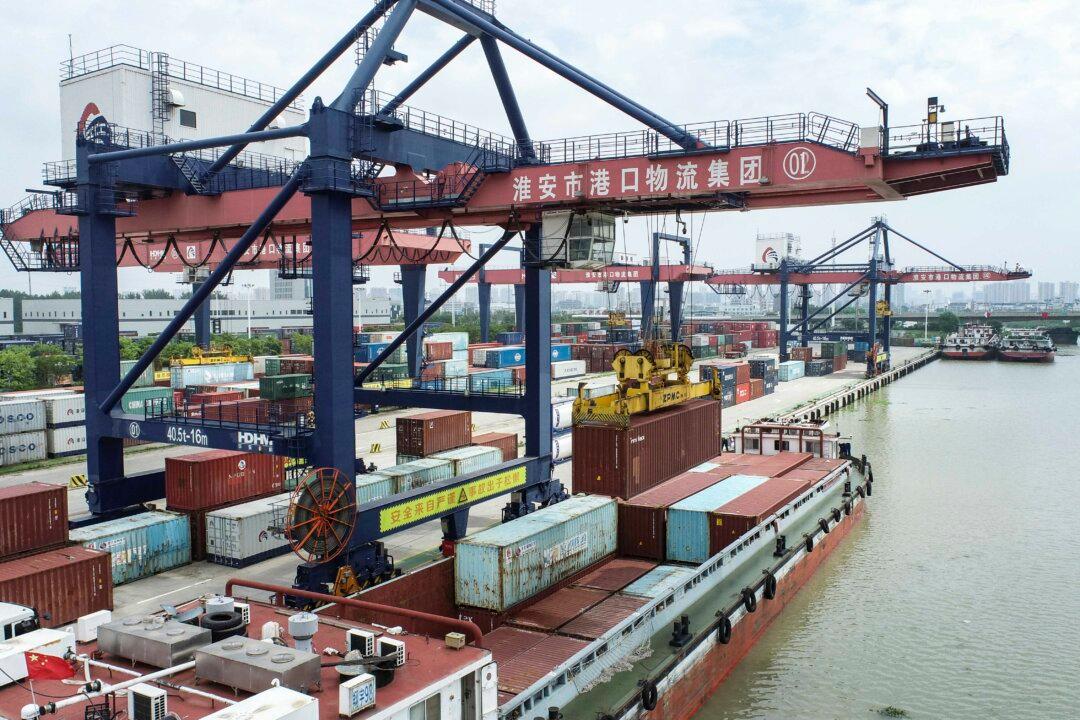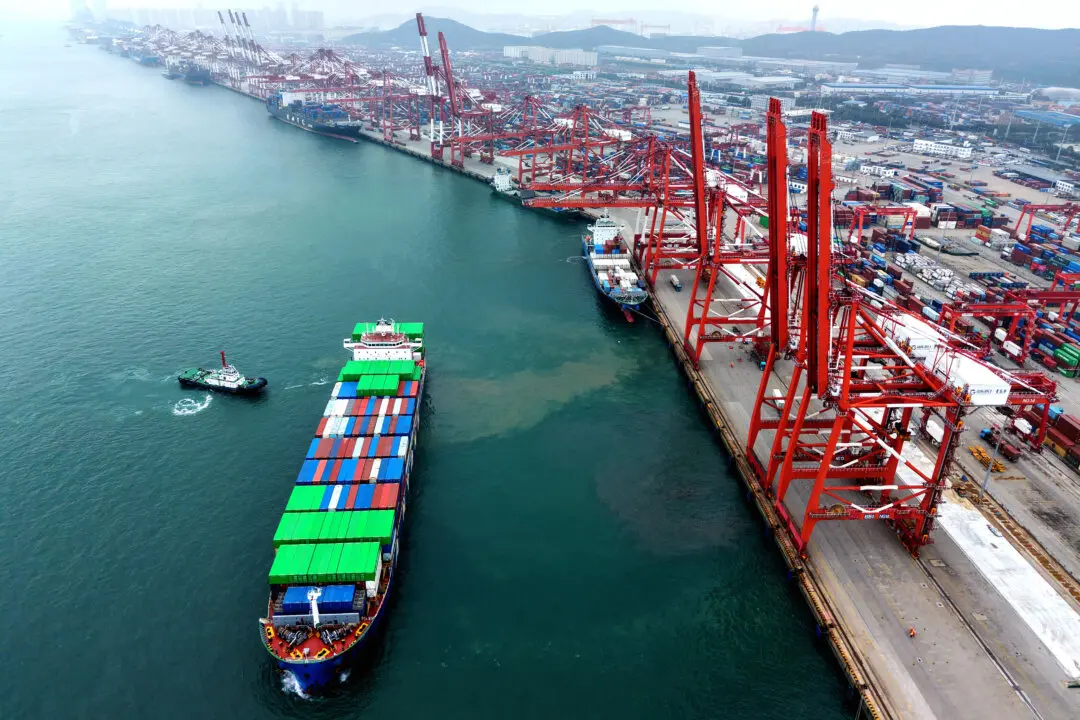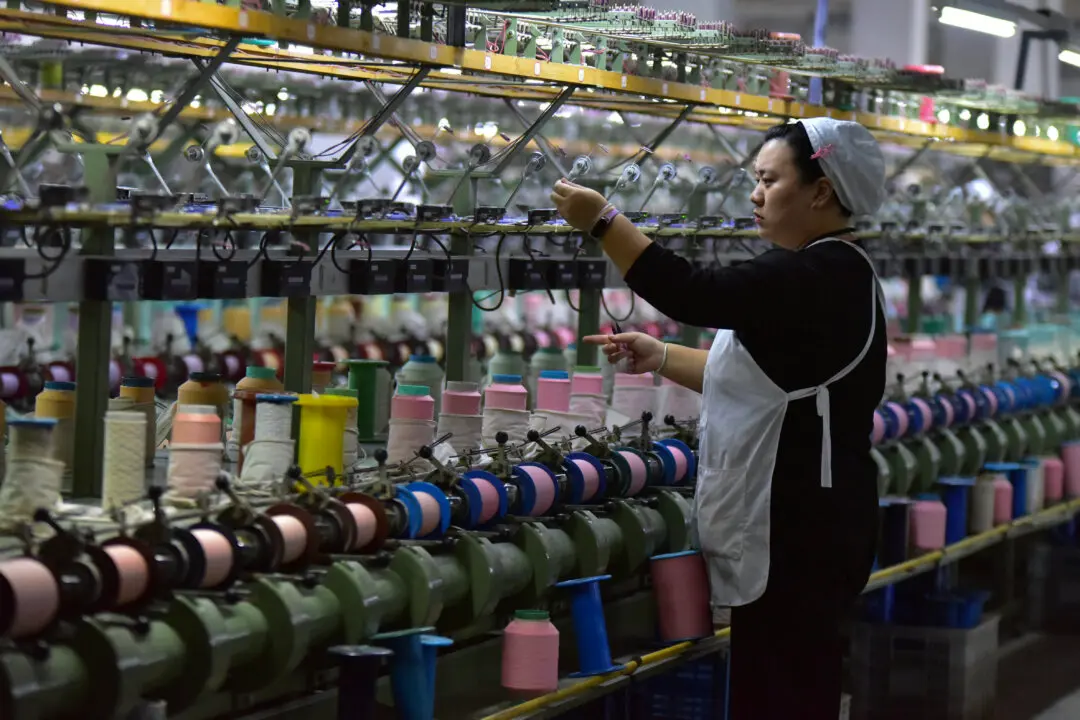Commentary
Thinking About China
Opinion
China Trade: A Global Bellwether
Slowed Chinese exports signal global slowdown, perhaps even recession

Container hoisting operations are seen at Huai'an New Port in Huai'an, Jiangsu Province, China, on July 21, 2022. CFOTO/Future Publishing via Getty Images
Milton Ezrati is a contributing editor at The National Interest, an affiliate of the Center for the Study of Human Capital at the University at Buffalo (SUNY), and chief economist for Vested, a New York-based communications firm. Before joining Vested, he served as chief market strategist and economist for Lord, Abbett & Co. He also writes frequently for City Journal and blogs regularly for Forbes. His latest book is “Thirty Tomorrows: The Next Three Decades of Globalization, Demographics, and How We Will Live.”
Author’s Selected Articles




